The New Food Cities: Building a Global Culinary Magnet – Part Two
Share
APEX contributor Jordan Yerman explores the rise in culinary tourism in a four-part web series, released every Friday starting April 3, 2015. Look out for Part Three of the series “In-Flight Photos: Culinary Tourism Before You Land” where Yerman delves into the world of “foodstagrams” and the air traveler’s long-time fascination with airline food.
When you think “global cuisine destination,” do you picture Paris and Rome? Also consider Melbourne and Toronto. Younger cities have been stepping up their cuisine game, and they’re using every tool at their disposal to let the world know. This isn’t just for bragging rights, though an awesome food scene is certainly brag-worthy. This is about getting the world to beat a path to your door, because culinary tourism has never been hotter. The knife and fork are nearly as synonymous with travel as the passport, and the tourism industry has taken notice.
Food-tourism expenditures in the United States alone exceeded $201 billion in 2012, according to “A Flash of Culinary Tourism,” a study by the University of Florida and Clemson University. Smart tourism boards want in on those billions, and growing numbers of travelers want in on the great food and drink hidden in plain sight around the world. Once there, travelers love to share – if not forkfuls, then at least a few food photos. That’s what the marketing types call “synergy,” right?
Melbourne: Laneways and Entrées
The secret is out: Melbourne is that rare city whose central business district still has a pulse once the sun sets. Unlike Sydney, Melbourne has no world-famous buildings or bridges on which to hang its image. Instead, Melbs relies on its narrow and vibrant laneways, where visitors and locals alike enjoy food from around the world and coffee that can only be described as “epic.” Tourism Victoria has even gotten behind the Melburnian trend of “diffusion dining,” where established restaurants use alternative spaces to extend their reach and try new things.
The Festival Artisan Bakery & Bar, a river side pop up restaurant for the Melbourne Food Festival pic.twitter.com/csaIYmqtiI
€” Antoine Lewis (@chezantoine) February 26, 2015
State and national Australian tourism boards want you to know that phenomena such as Hidden Pizza are very real. They want you to come and try it for yourself.
Australia has the kangaroo and emu side-by-side in the supermarket as well as on its flag, but the food Down Under goes far beyond barbecued snags and schooners of beer.
Restaurant Australia created a campaign called “Invite the World to Dinner,” a grand tour of Oz to feature its food and beverage offerings. The media surrounding the campaign heavily promoted the country’s world-famous wines.
Like the famously cheeky “Where the Bloody Hell Are You?” tourism campaign, “Inviting the World to Dinner” also put Australia’s stunning landscapes front and center. The culmination was a huge dinner party in Hobart, Tasmania, where some of the biggest names in food and culinary journalism were invited to take a bite out of a country whose wildlife is more used to doing the biting.
Toronto is Its Own City
Toronto may be most famous as a stand-in for other cities in film and TV, but its food scene is very real. The Ontario Culinary Tourism Alliance (OCTA) is a non-profit dedicated to helping the province’s figurative and literal tastemakers bridge the gap between the food and travel industries, letting the rest of the world in on what region has going on. With proprietary software called EAT, Ontario Culinary keeps tabs on everything from farms to restaurants, constantly gauging where it stands in terms of market readiness, value, and public engagement.
Public events are ideal for showcasing a region’s culinary potential, and Toronto proved that with The Stop Community Food Centre’s Night Market in 2014. The event sold out in less than an hour, and 25,000 people rushed the scene to sample food from 65 different chefs. The focus? Food trucks, which are all the rage these days.
Local and authentic are OCTA’s watchwords: for example, what could be more authentically Canadian than maple syrup?

This is not a case of “build it, and they will come.” In a special report with Skift titled “The Rise of Food Tourism,” OCTA lists “an effective Destination Marketing Organization” as a must-have for any would-be culinary tourism destination.
According to the OCTA-Skift report,
An effective food tourism development strategy covers a broad selection of travel activities including: food, wine and beer festivals; tours of farms and artisanal production facilities; immersive food tours of varying depth; myriad types of cooking classes and wine tastings; accommodations with [noteworthy food and beverage] offerings; farm-to-table restaurant dining and educational events; and the always popular farmers’ markets. Agritourism, where travelers visit working farms, is also a growing opportunity.
Tourism Toronto has been promoting the city’s food scene as a series of adventures: budget, vegetarian, romantic. Okay, there’s something else that’s as authentically Canadian as maple syrup: Tourism Toronto has a page devoted to The Ultimate Toronto Beer Crawl, highlighting the city’s many breweries and unique watering holes.
Emerging culinary destinations are to established food cities what food trucks are to brick-and-mortar restaurants: outsiders with vast potential. That potential must be unlocked in creative ways, and there are 201 billion reasons to get in the game.
What food or drink should make your area famous? How would you sell it to the world?


